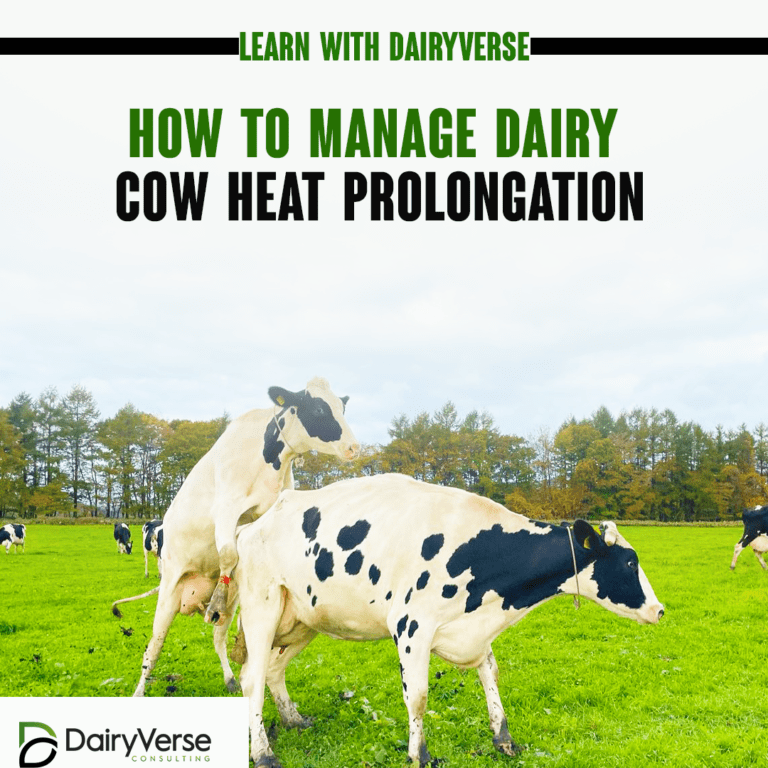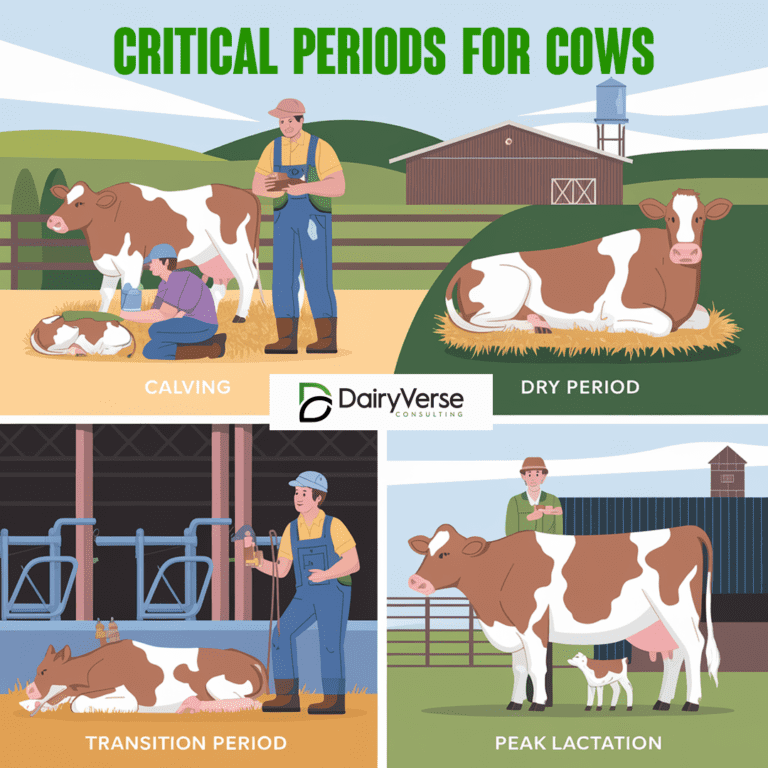The Ideal Diet for Prepartum Cows: Ensuring Optimal Health and Productivity
Prepartum cows, or cows in the final stage of pregnancy, require a well-balanced diet to ensure a smooth transition into lactation and to prevent metabolic disorders.
No products in the cart.

Prepartum cows, or cows in the final stage of pregnancy, require a well-balanced diet to ensure a smooth transition into lactation and to prevent metabolic disorders.

A calf with a big belly may develop this condition due to several factors. These can range from normal growth and dietary changes to potential health issues.

The health and productivity of dairy cows are essential for a thriving operation. By addressing the key causes of adult cow mortalities, farmers can mitigate losses and improve overall herd performance.

Choosing the right dairy cow breed is essential. Here’s a quick look at how Brown Swiss and Ayrshire cows differ

Prolonged heat in dairy cows, lasting up to a week, is a sign of underlying reproductive health challenges. This condition often stems from hormonal imbalances such as the inability to shed the corpus luteum or the presence of a follicular cyst. Addressing these issues is vital for ensuring optimal fertility and milk production in dairy herds.

Cows experience several critical periods that require focused care and management to maintain their health and productivity. Proper planning during these stages minimizes risks and maximizes output.

Anaplasmosis is a significant infectious disease in cattle, impacting herds across tropical and subtropical regions. This condition, caused by the bacterium Anaplasma marginale, can lead to severe anemia, reduced productivity, and economic losses if not managed promptly.